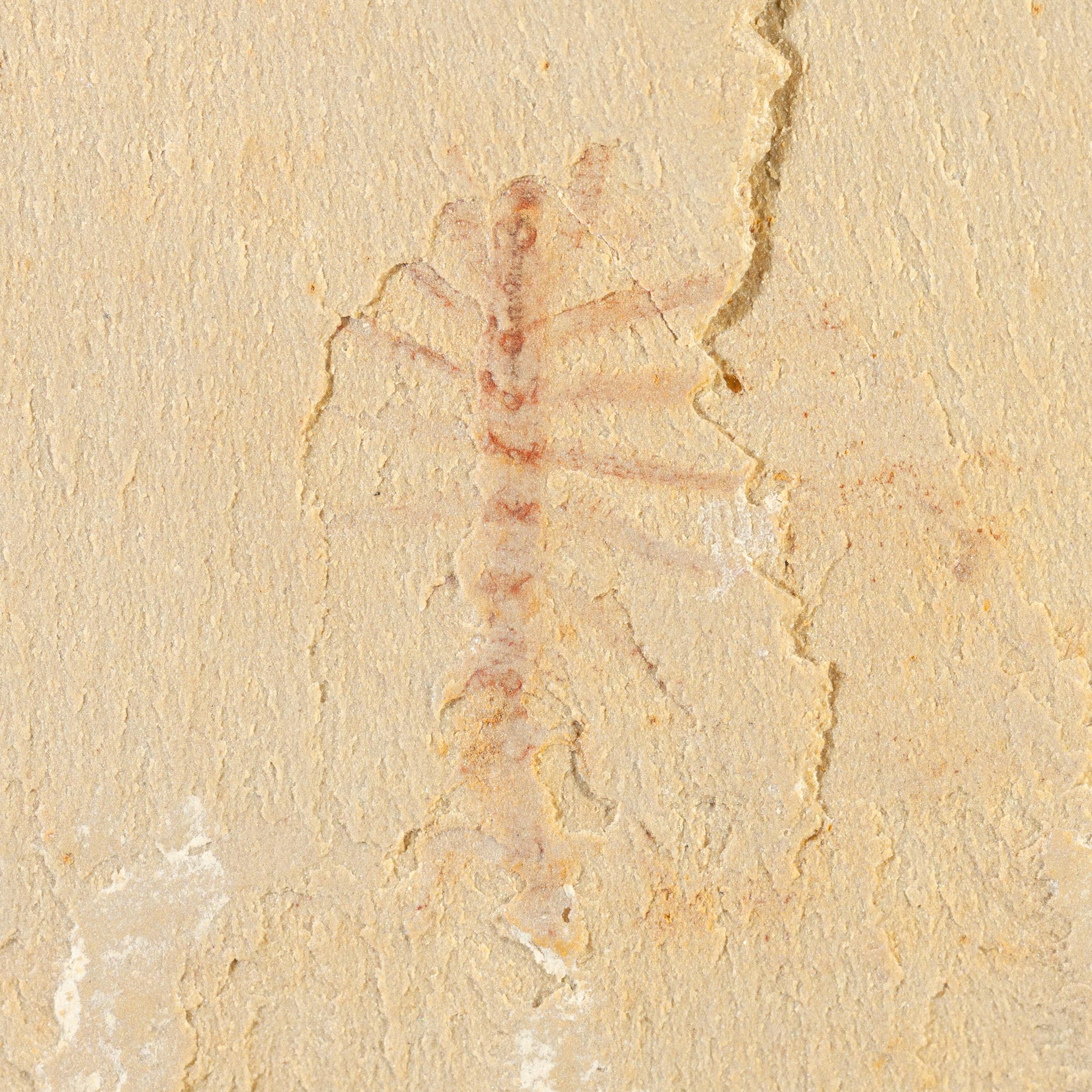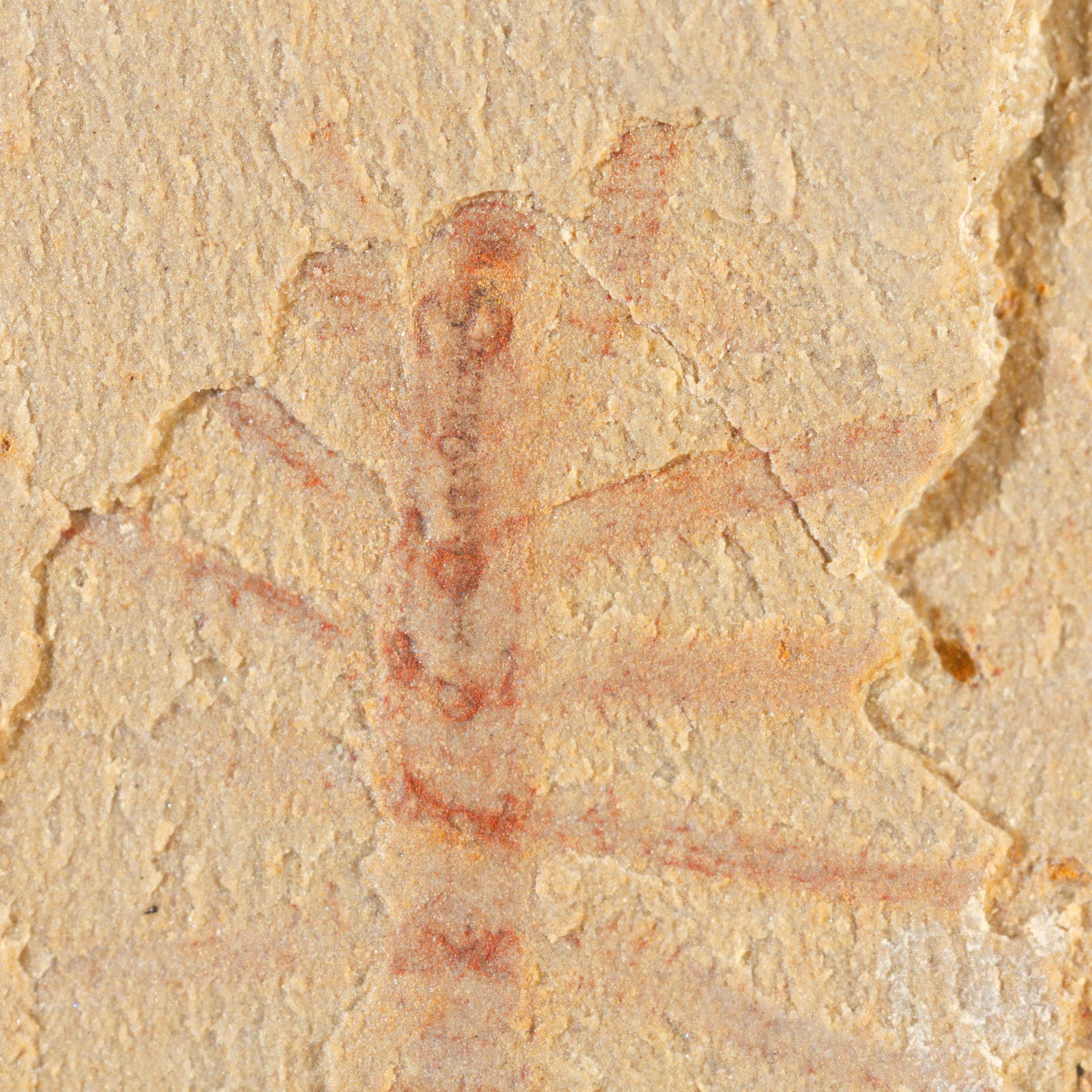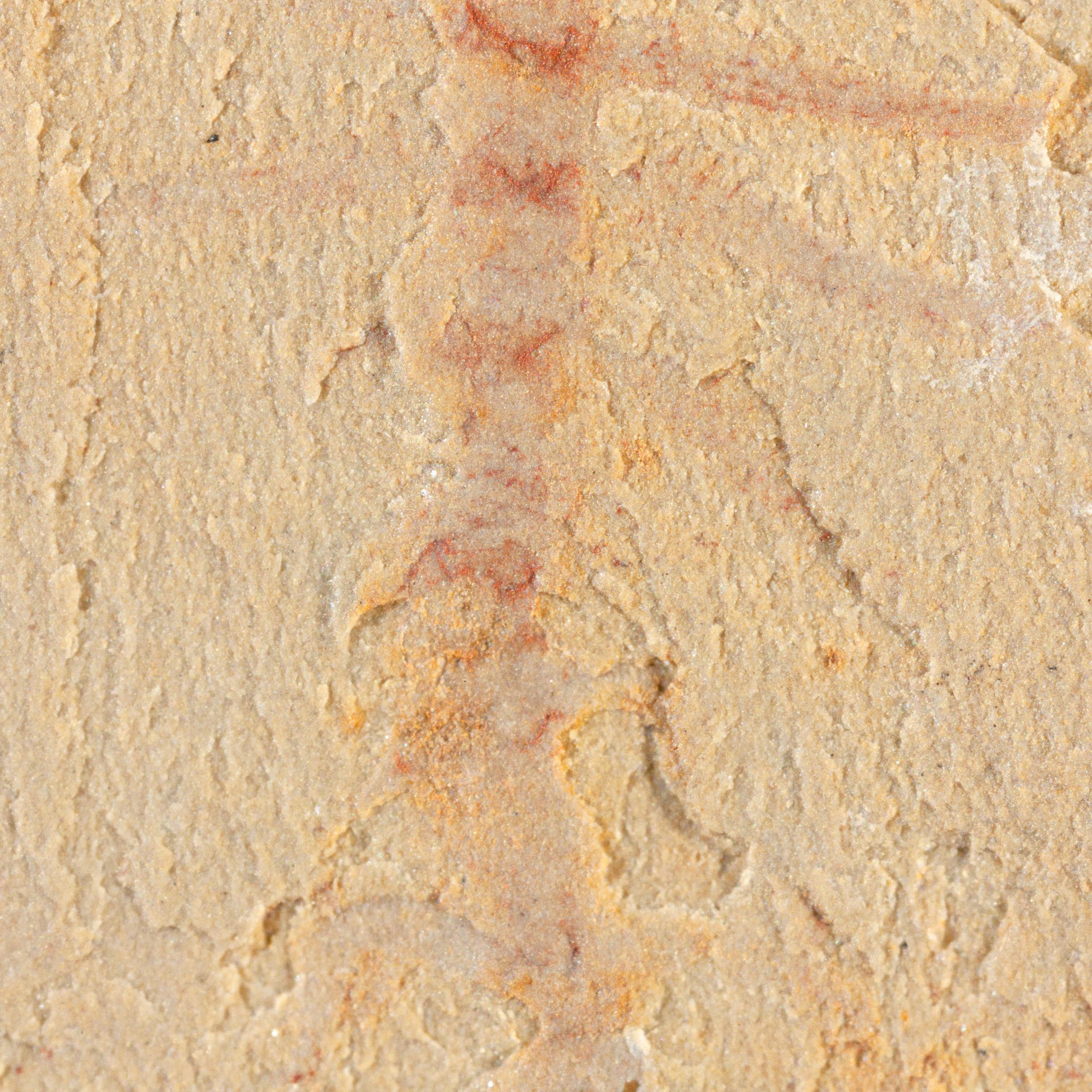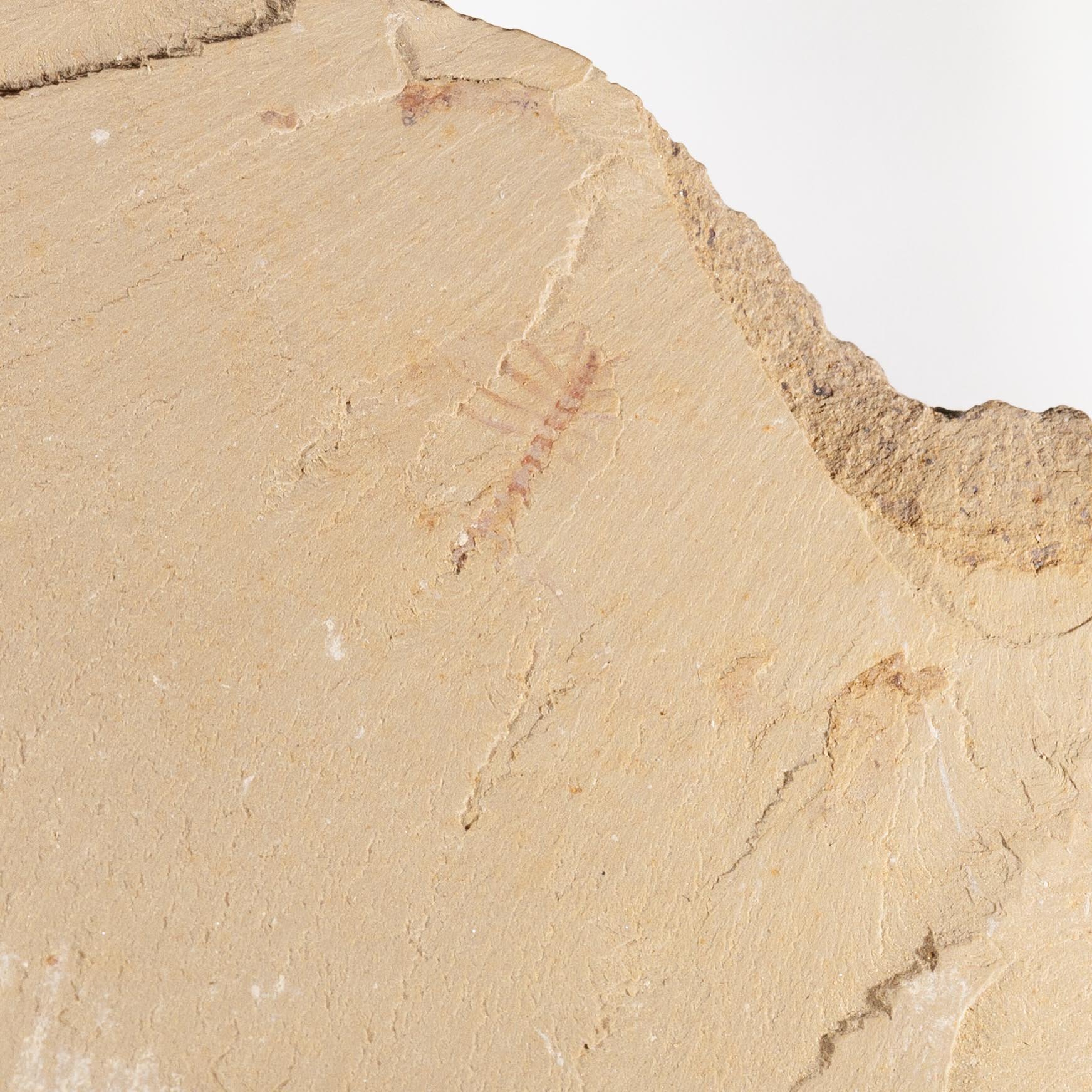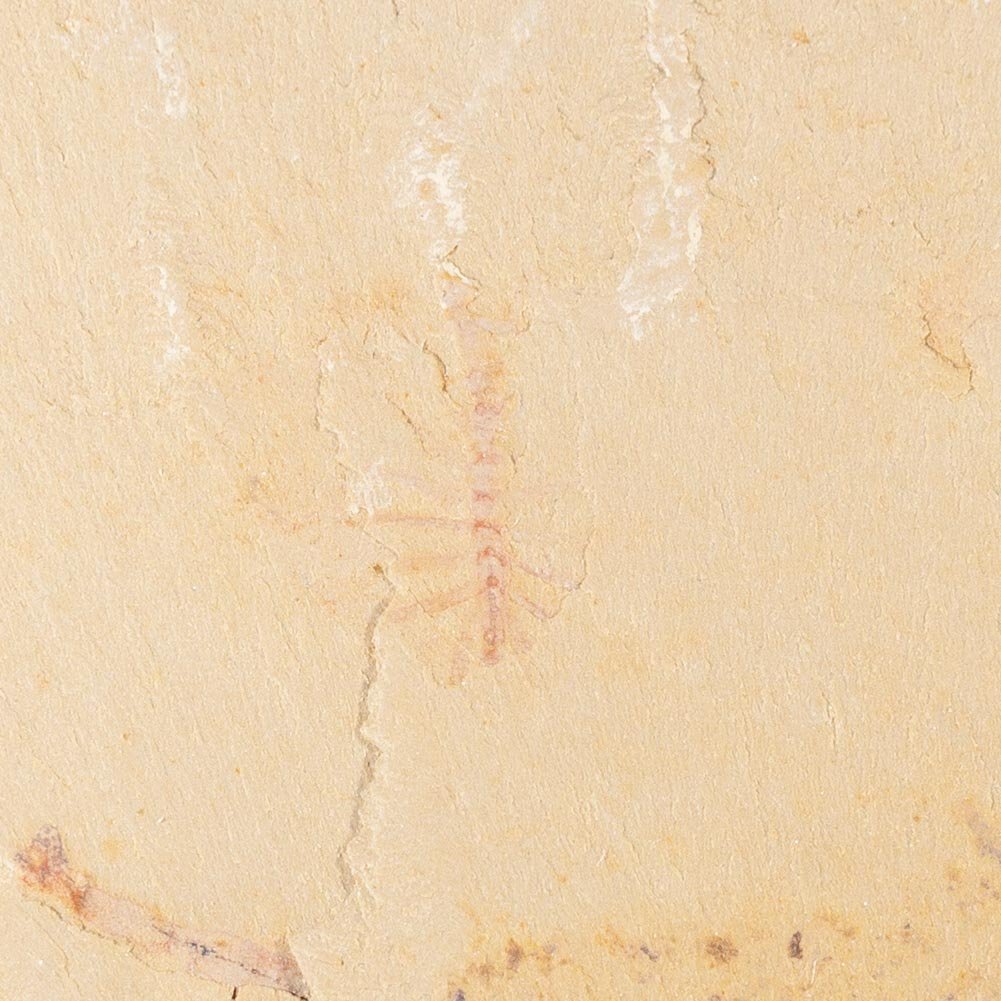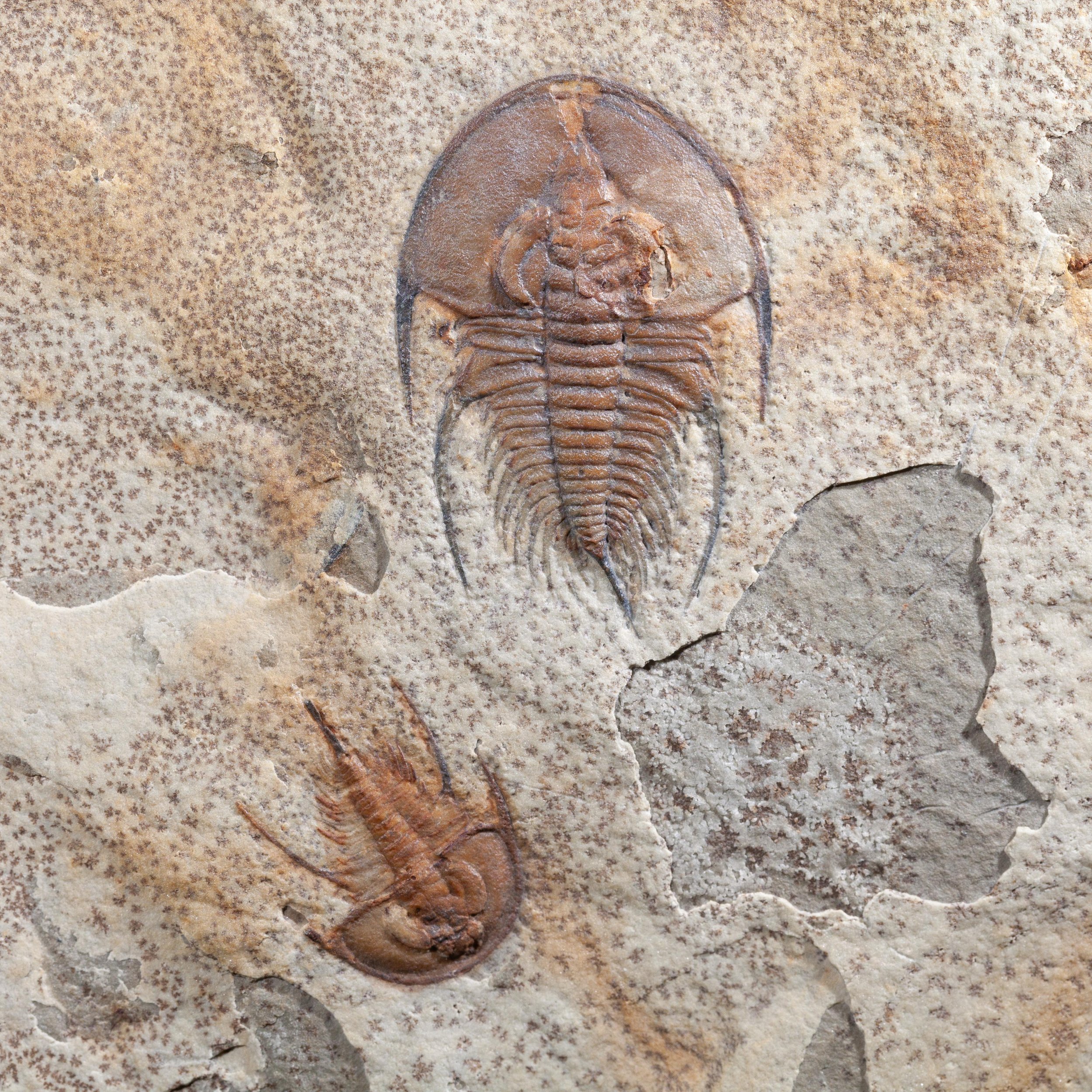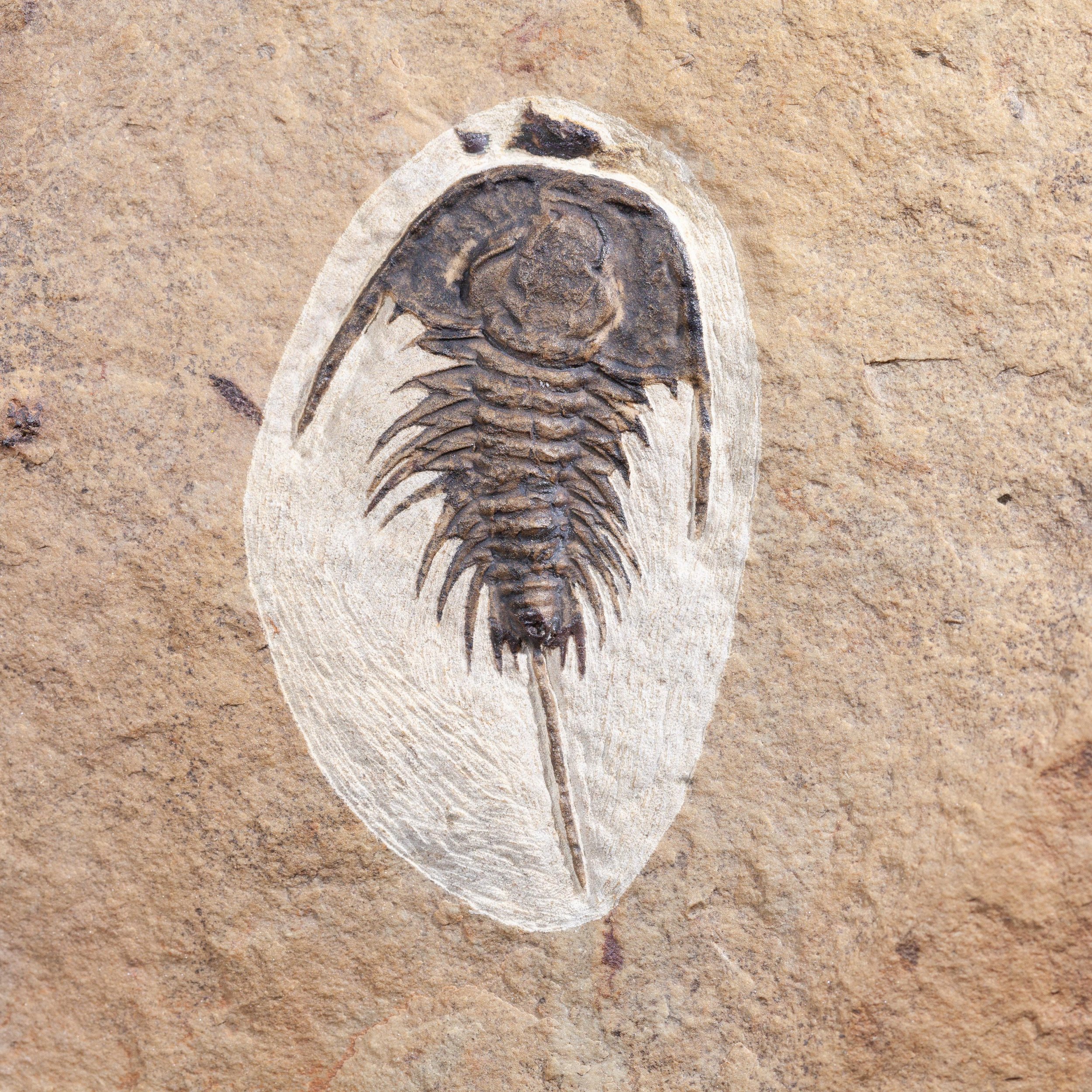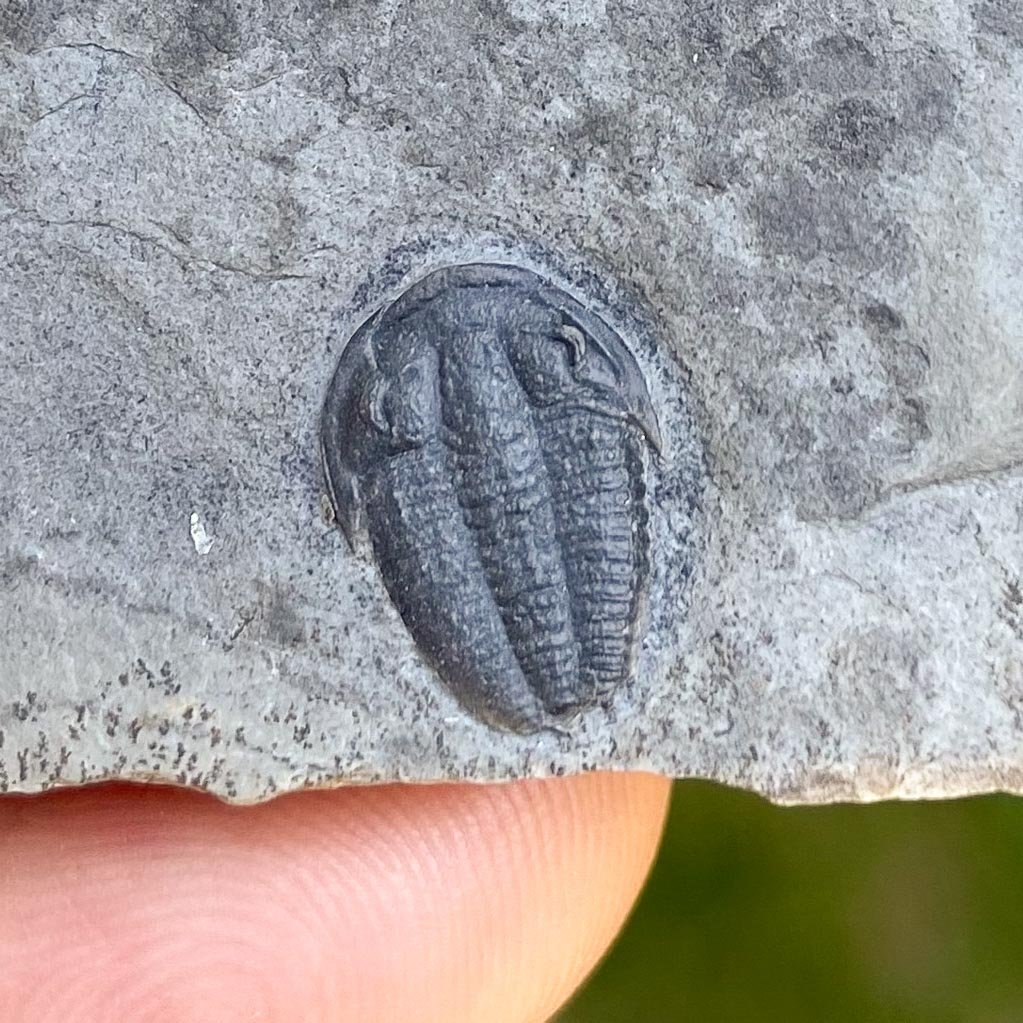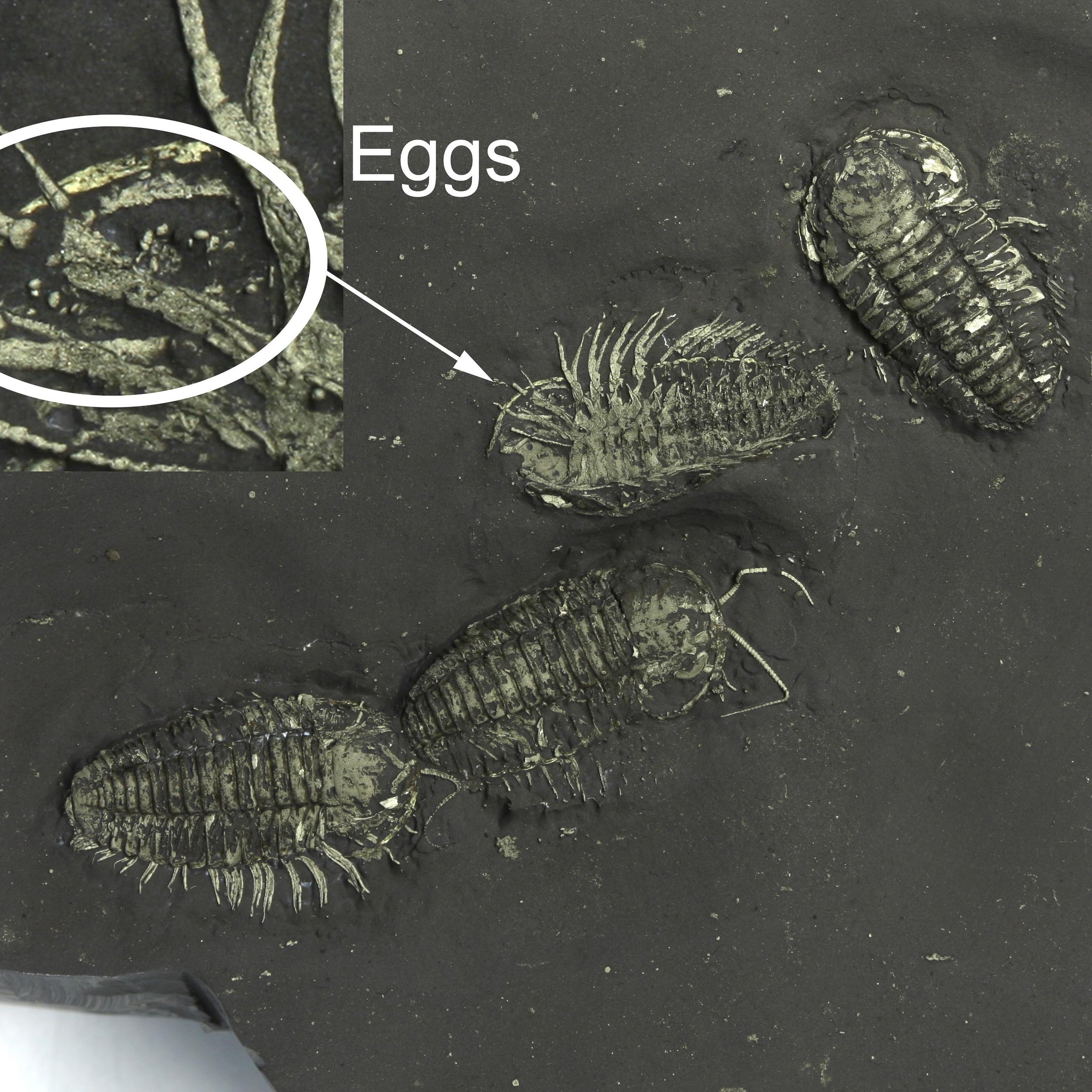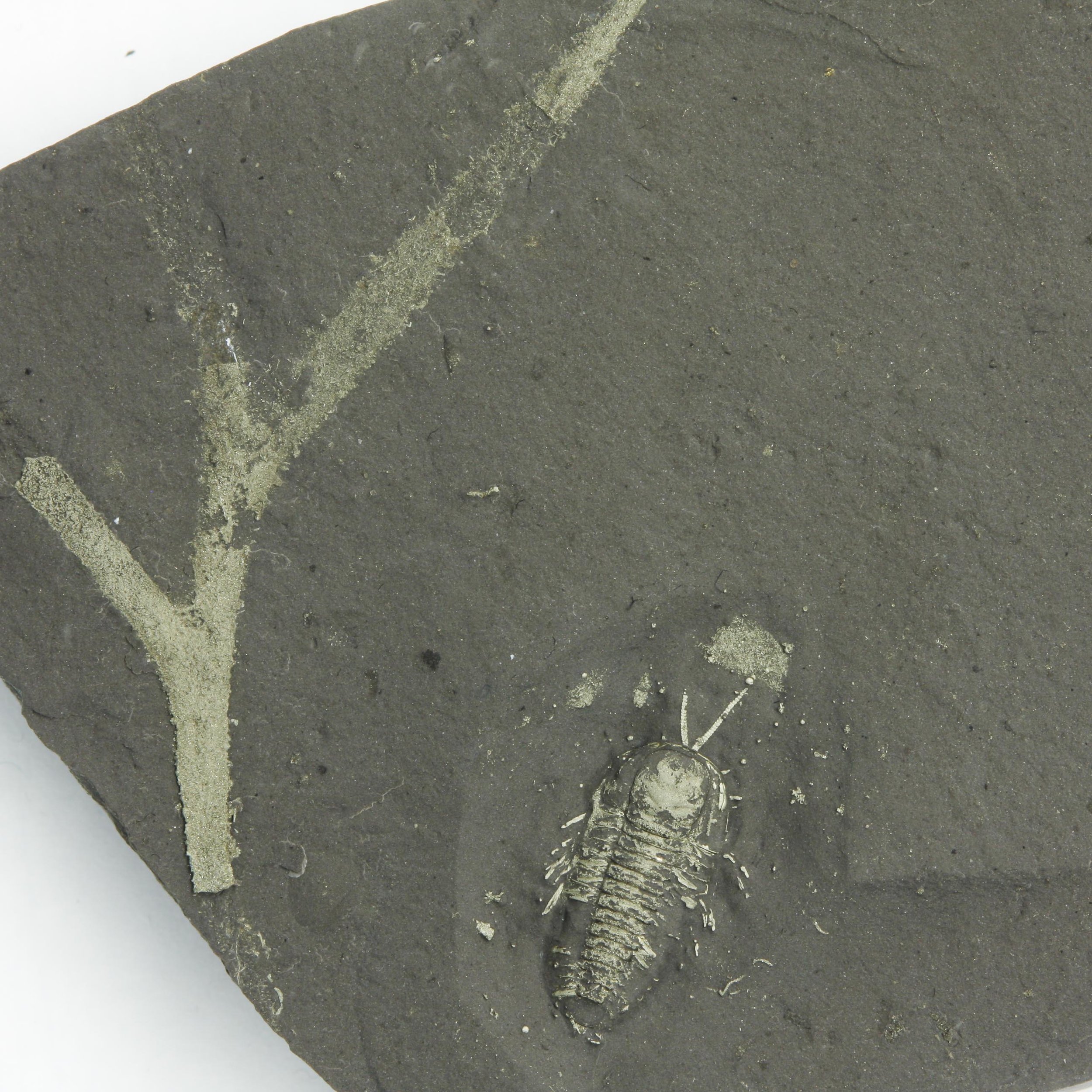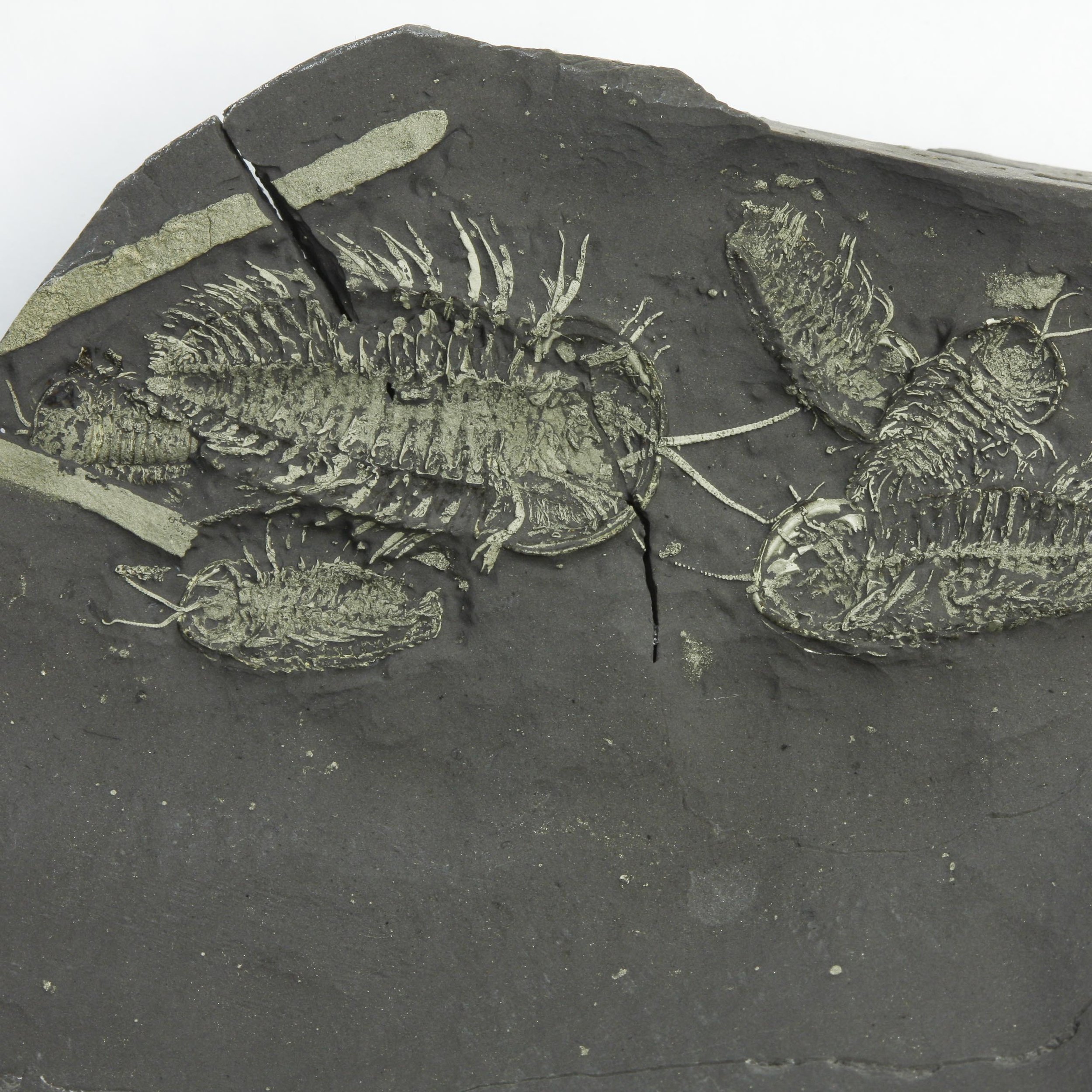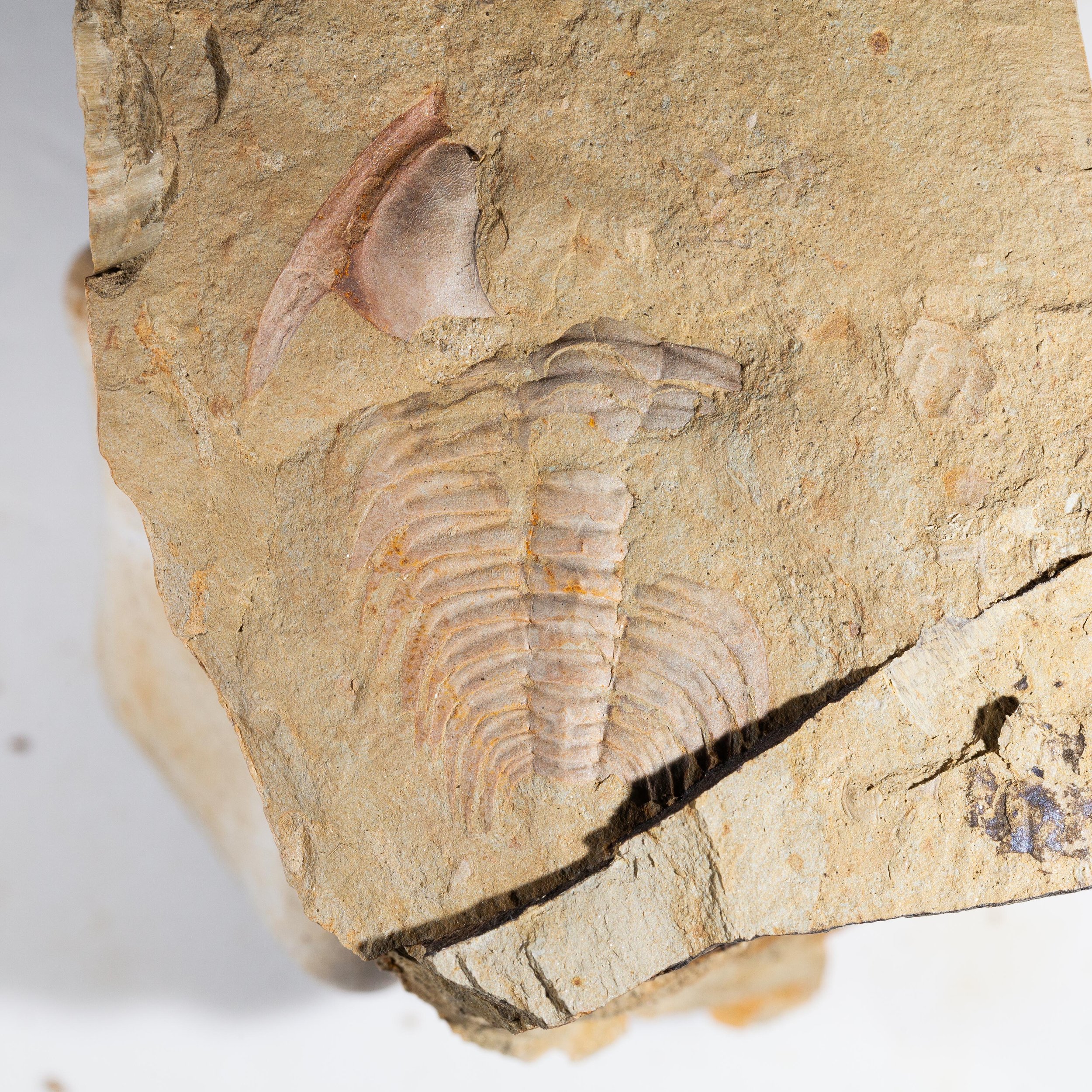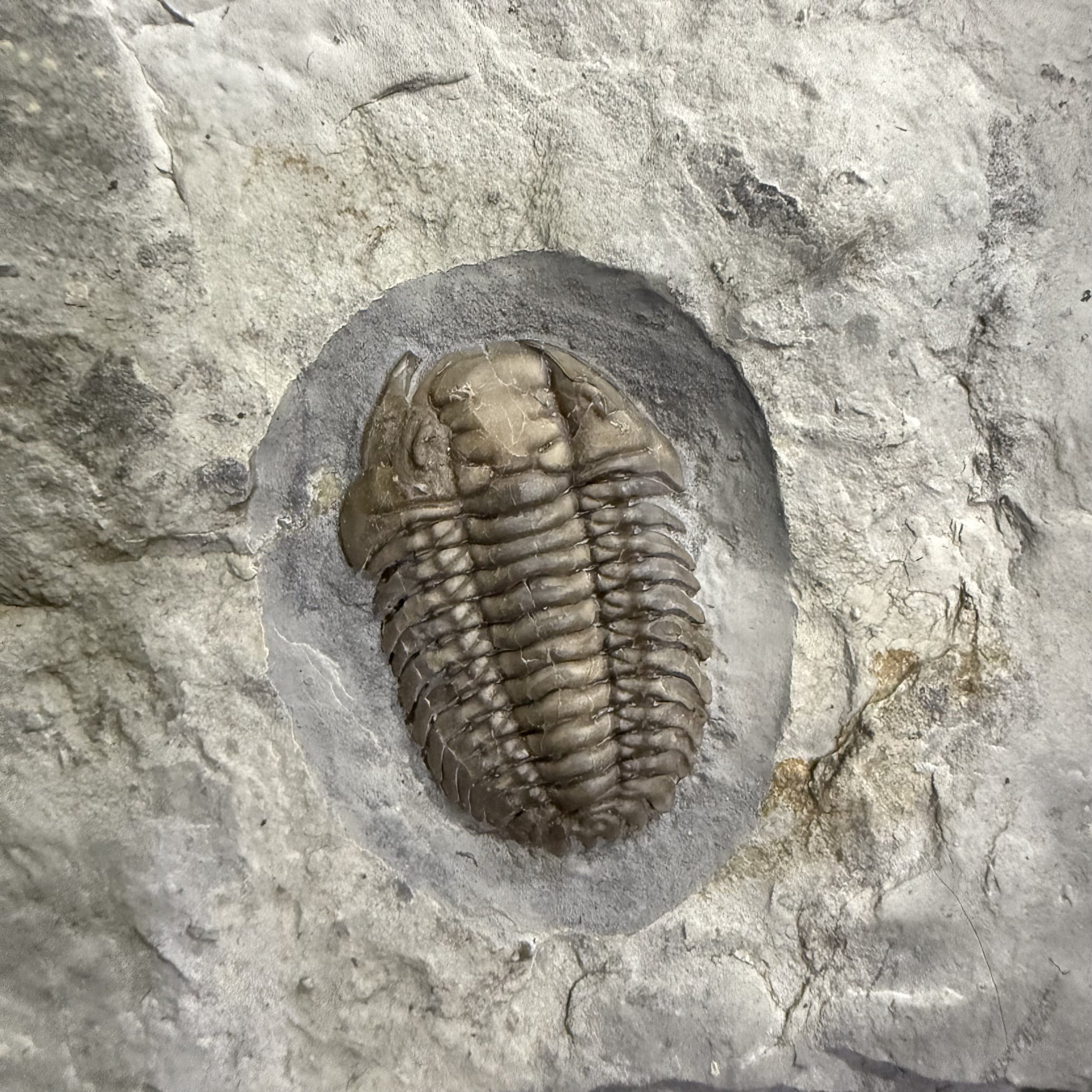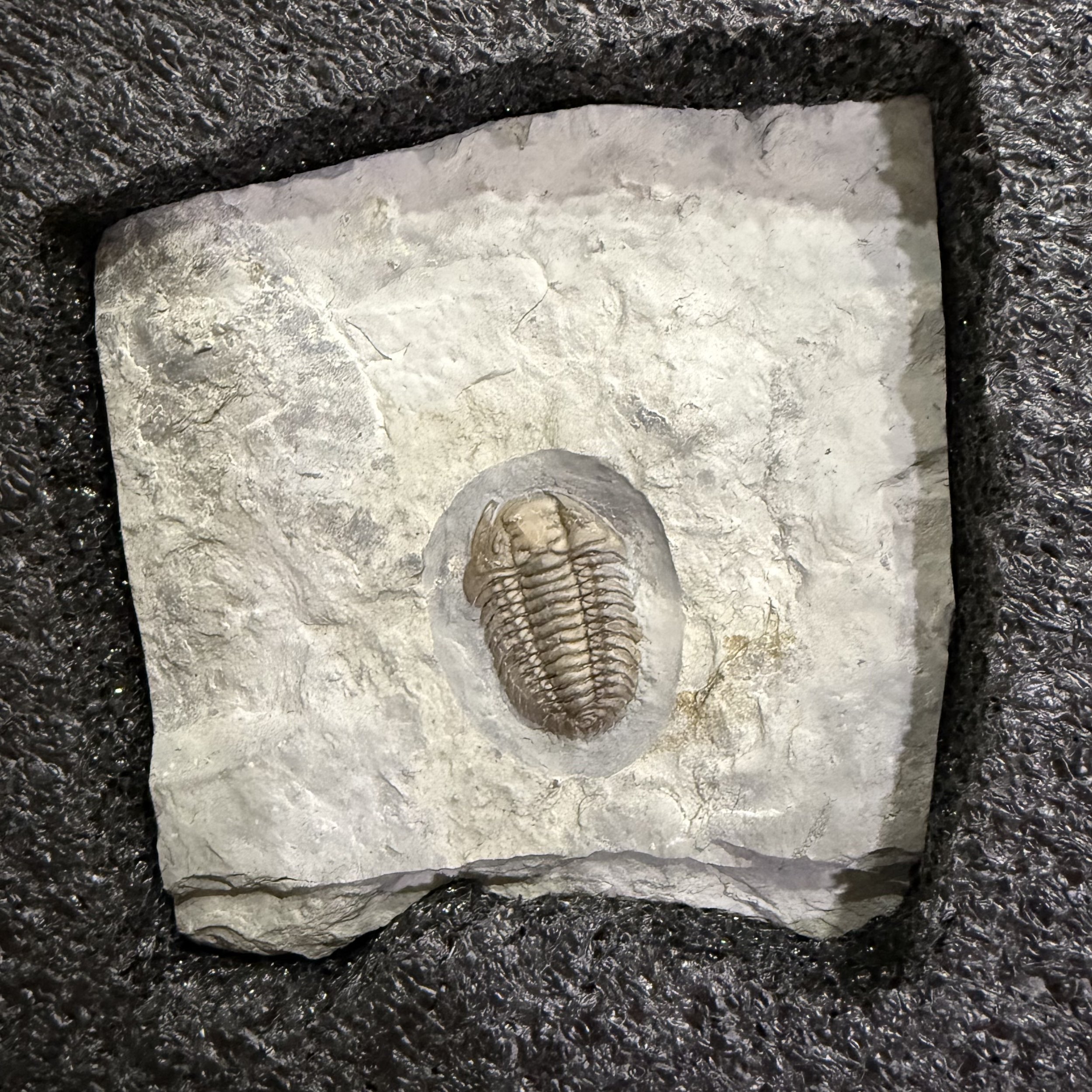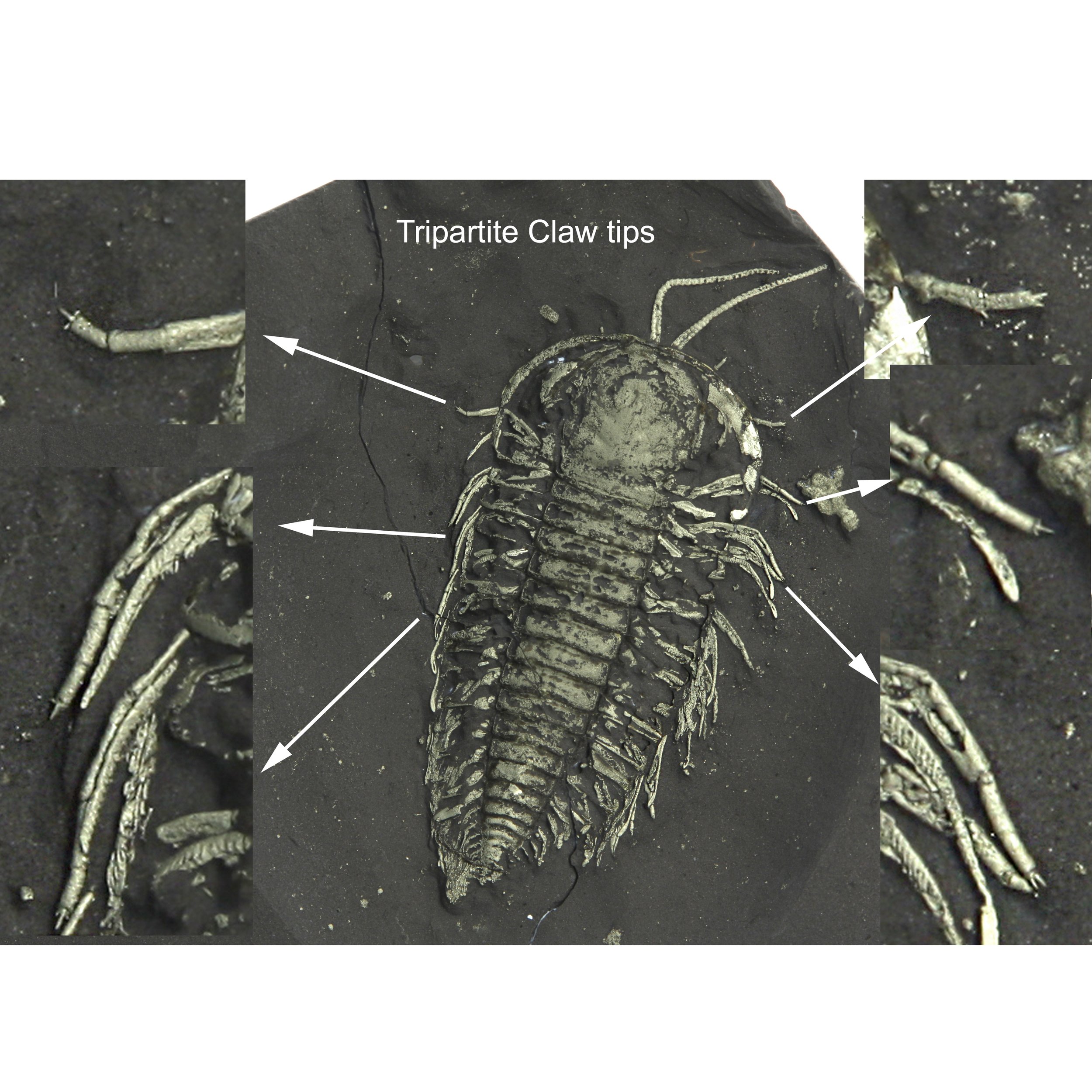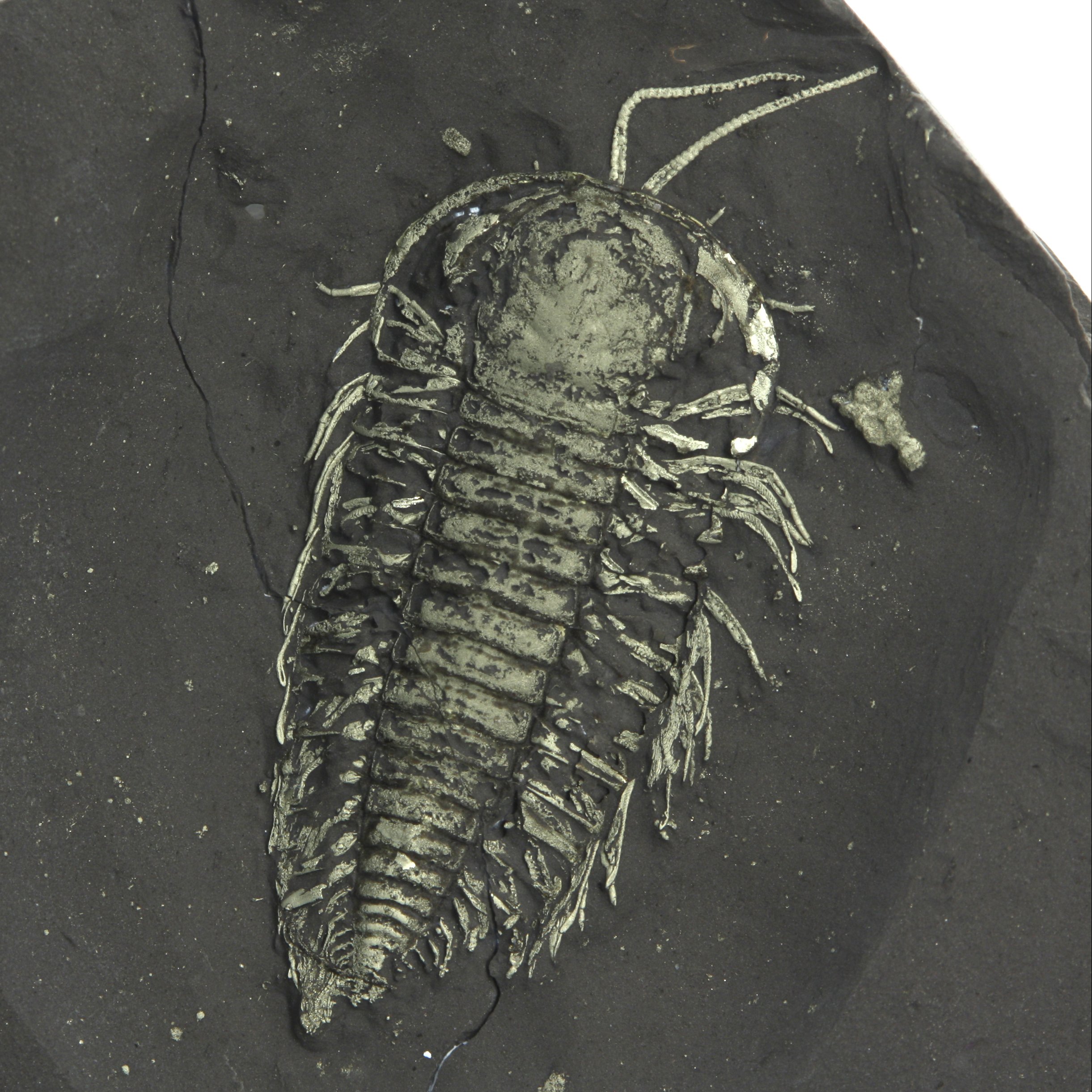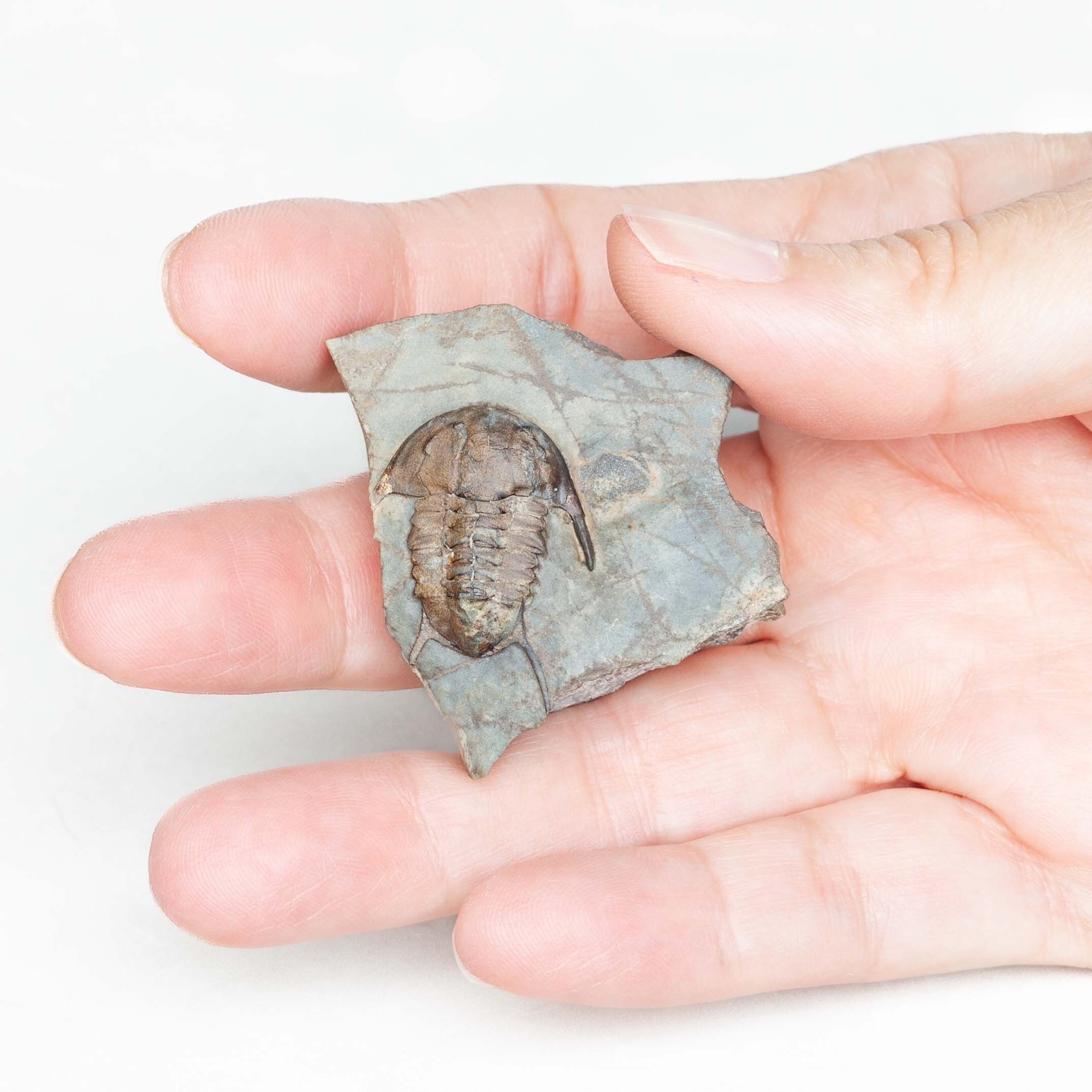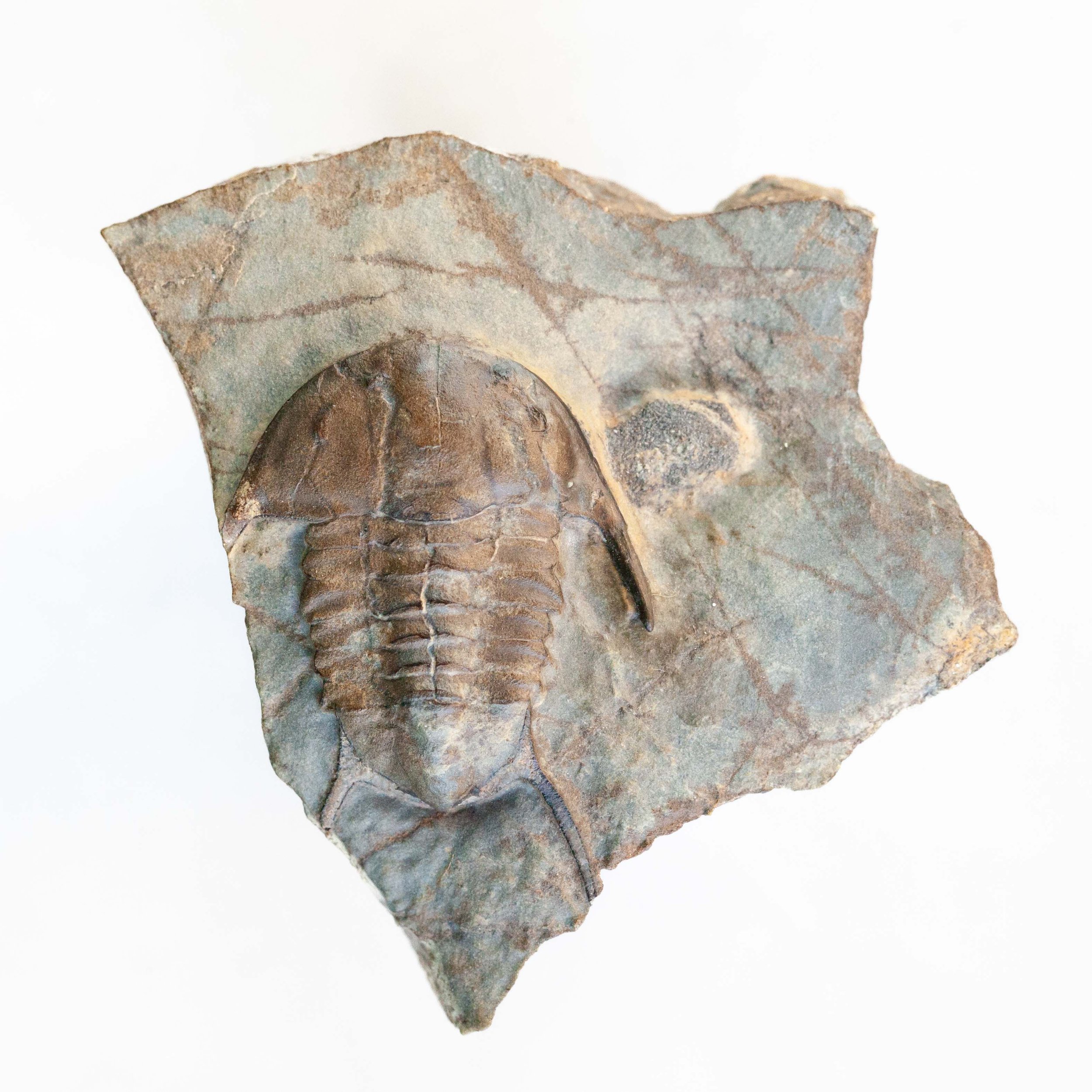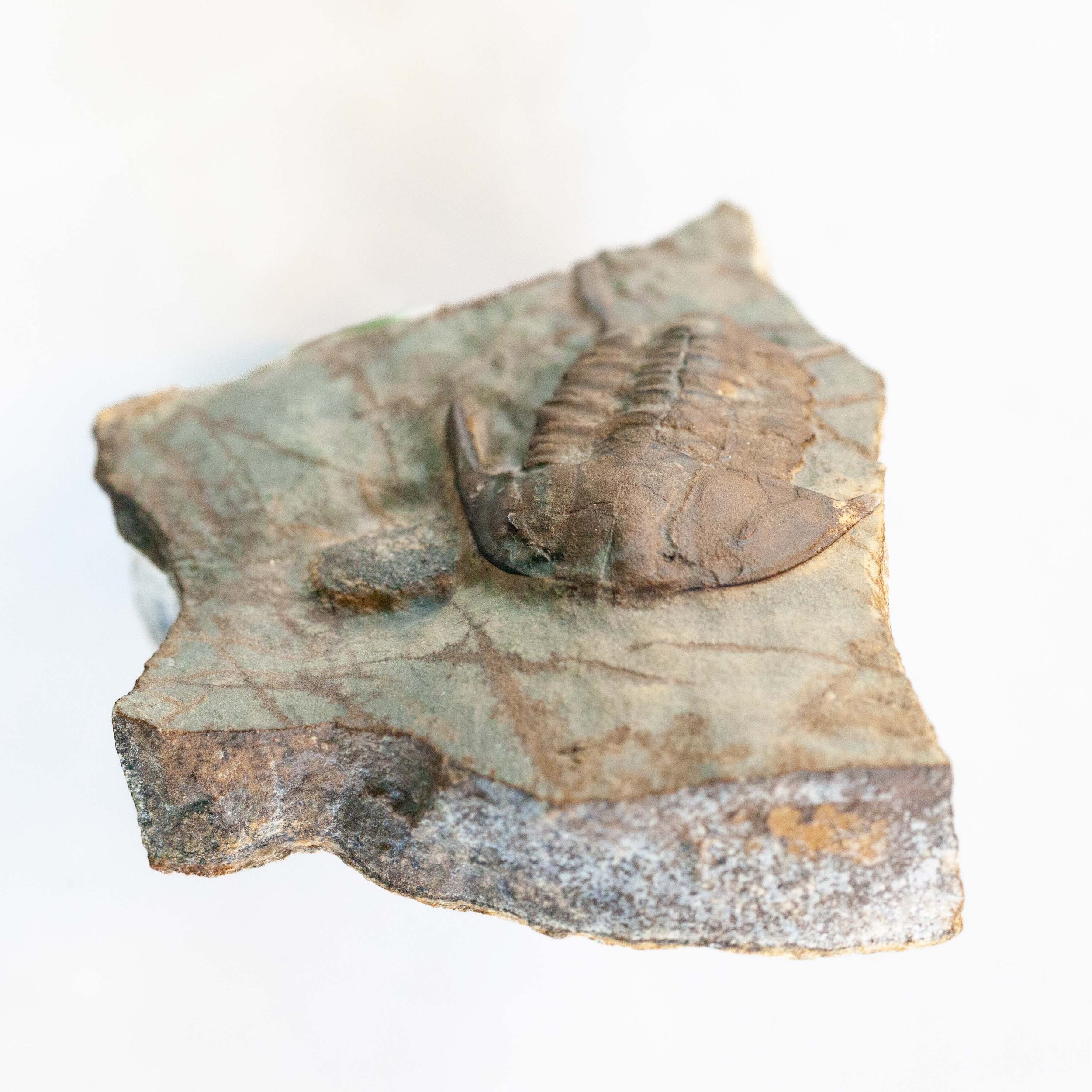Luolishania longicruris
Vendor: Lagerstätte Land
SKU Number: SQ5366251
Luolishania longicruris from Chengjiang Biota. Early Cambrian, Qiongzhusi Section, Yu’anshan Member, Heilinpu Formation, Mafang Village, Anning, Yunnan Province, China.
Luolishania longicruris is a lobopodian worm that is thought to have fed on rich organic matter. They have also been found with sponges, suggesting a possible ecological association.
This specimen is dorsally compressed and has both sets of legs extended on either side of the trunk. The spines along the truck are clearly visible.
Full dimensions are listed below.
Vendor: Lagerstätte Land
SKU Number: SQ5366251
Luolishania longicruris from Chengjiang Biota. Early Cambrian, Qiongzhusi Section, Yu’anshan Member, Heilinpu Formation, Mafang Village, Anning, Yunnan Province, China.
Luolishania longicruris is a lobopodian worm that is thought to have fed on rich organic matter. They have also been found with sponges, suggesting a possible ecological association.
This specimen is dorsally compressed and has both sets of legs extended on either side of the trunk. The spines along the truck are clearly visible.
Full dimensions are listed below.
Vendor: Lagerstätte Land
SKU Number: SQ5366251
Luolishania longicruris from Chengjiang Biota. Early Cambrian, Qiongzhusi Section, Yu’anshan Member, Heilinpu Formation, Mafang Village, Anning, Yunnan Province, China.
Luolishania longicruris is a lobopodian worm that is thought to have fed on rich organic matter. They have also been found with sponges, suggesting a possible ecological association.
This specimen is dorsally compressed and has both sets of legs extended on either side of the trunk. The spines along the truck are clearly visible.
Full dimensions are listed below.
Additional Information
Description:
Luolishania longicruris is a lobopodian worm from the Early Cambrian, Chengjiang biota, China
Luolishania is an anatomically complex lobopodian. The matrix that preserves these fossils is a fine grained mudstone. The body has ringlike anatomical structures that occur on the trunk where the legs join the body. Spines exist at these points, 1 in the middle and 1 on either side. For an excellent description of these creatures, refer to the book: "The Cambrian Fossils of Chengjiang, China", published by Wiley Blackwell - ISBN: 9781118896389. The book is in its second edition.

